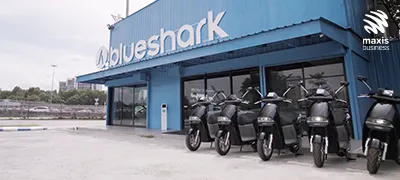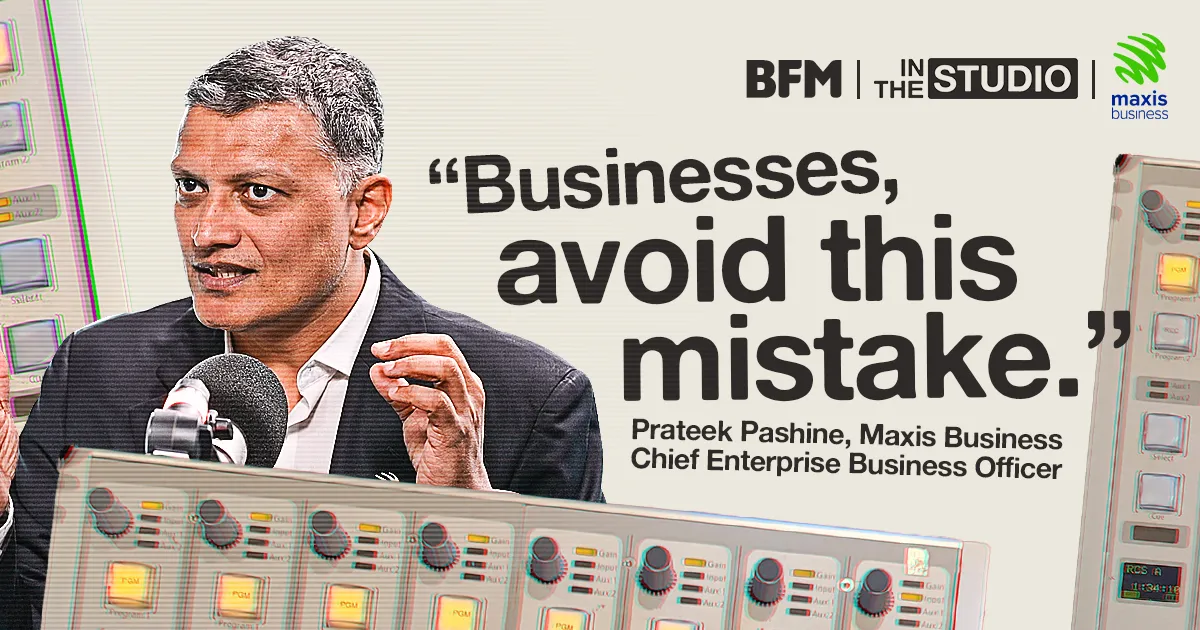Making connections: How to equip your charge points to accelerate EV adoption
“Hello, Family EV speaking.”
“Good evening. I see you are looking for places to charge your Electric Vehicle (EV) this weekend. May I suggest reserving a bay at our mall? It will take between three and four hours to fully charge, which gives your family time to window shop, have a meal or catch a film. Shall I reserve a place for you near the cinema’s entrance?”
How machines talk to each other
The simplest definition for Internet of Things (IoT) is that it enables connected machines to talk to one another. Connected by a fit-for-purpose 4G & 5G network and empowered by Artificial Intelligence (AI), IoT technology extends the benefits of digitalisation through physical, familiar objects. The gamut runs from simple “smart home” gadgets such as thermostats that you control with your phone, to complex industrial machinery. Through them, IoT boost convenience, efficiency and safety at home, in the workplace, and – in the case of the modern EV – on the road.
“Hello, Luxury EV speaking,”
Charge point: “Good afternoon, I see your driver has been enquiring about secure places to charge during dinner at Very Fine Restaurant. Our VIP parking area has several fast charging bays and charging is free for any guests who use our valet service.”
Connected charging stations work with apps that reserve bays, control when charging starts and stops, and handle payments. This opens up new business models for industry players. Since charge points don’t need large, standalone stations; they can be deployed in any number of locations, including existing structures.
“Hello, Out-of-Town EV speaking,”
Charge point: “Welcome to Malaysia! I see you are planning to drive from Singapore to Melaka this week. Have you considered stopping by our Super Tourist Attraction? It is only 10 minutes off your route and there is plenty to see and do while you charge.”
Beyond Malaysia’s EV driver numbers is a whole new market for the country’s charging point operators (CPOs). Consider that last year we received over 10 million tourists from our closest neighbours; Singapore (8.3 million) and Thailand (1.6 million). A good percentage of these arrived by road.
In 2022, Thailand was buying more than half of all regional EVs, and, in the same year, 12% of vehicles sold in Singapore were electric. No wonder Johor Bahru plans to improve EV infrastructure as part of their strategy to raise their GDP to RM260 billion by 2025.
CPOs taking note of this can create opportunities by approaching tourist attractions, resorts, golf courses and even food courts who wish to lure tourists and day-trippers.
“Hello, EV car manufacturer speaking”
Charge point: “I have great news! I’ve added to our existing network of charge points across the country with several more on the way. I’m sure this will help you put customer range anxiety to rest.”
EV manufacturers assemble & test various components, including the battery pack, electric motor, power electronics and other subsystems, to create the final EV. The telematics and infotainment system in EV can integrate with a CPO platform. EVs roll of the sales floor ready to identify the nearest charge points, as well as schedule and book charging times convenient to the driver.
“Hello, security office speaking”
Charging station: “Hello, I’m calling to alert you that there has been a non-owner, non-employee standing near the parked EVs for 10 minutes. It may be nothing but do you want to check it out?”
IoT infrastructure offers the whole package, including peace-of-mind for customers. Installing motion detectors and cameras, for example, provide additional security against robbery or vandalism.
“Hello, charge point operator speaking.”
Charge point: “I’m calling in my daily report. I’ve run diagnostics we are all functioning well. If this trend continues, you can delay servicing by at least a month. Also, we have all successfully upgraded firmware and are ready to accept NewEWallet as a form of payment.”
The greatest value provided by IoT is in optimising operations. Besides improving performance, it provides end-user data that CPOs can use when they approach new and existing clients. They can tell you, for example, average charging times, busiest and lowest times, as well as preferences for fast vs slow charging at a particular location.
“Hello, opportunity knocking”
Beyond highways, petrol stations and private residences, opportunities abound for CPOs to help meet the government’s target of 10,000 charge points throughout Malaysia by 2025.
From private businesses to shopping centres to F&B outlets to tourist spots and beyond, entrepreneurial CPOs will find ways to get creative in increasing value through IoT, making vehicle charging more efficient, convenient and secure.
What additional IoT features would add value to a charging bay? Share your thoughts or concerns with us by leaving your contact here and we will call you back.
You too, can stay ahead of the race.
Akmal oversees the IoT product portfolio at Maxis, which covers IoT Connectivity, Automotive, Industrial Mobile Network / Private Network and 5G IoT. He has more than 15 years of experience in telecoms, media & technology on multiple assignments in Product Management, Finance, Market Research and Engineering.







